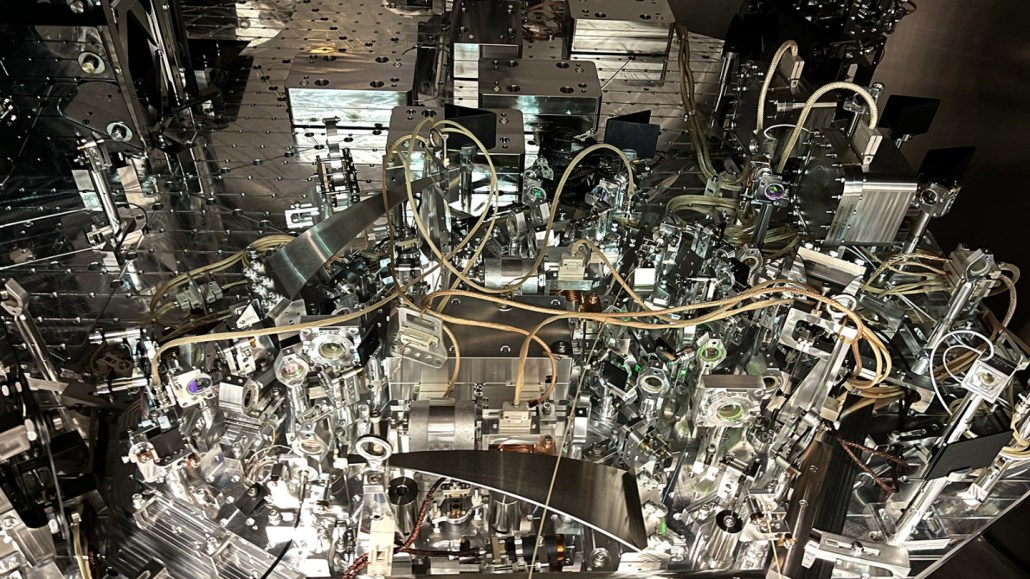
An upgrade to some of LIGO’s equipment (shown) will dramatically boost the number of collisions scientists will see among massive, distant objects like black holes and neutron stars.
Wenxuan Jia/MIT

An upgrade to some of LIGO’s equipment (shown) will dramatically boost the number of collisions scientists will see among massive, distant objects like black holes and neutron stars.
Wenxuan Jia/MIT